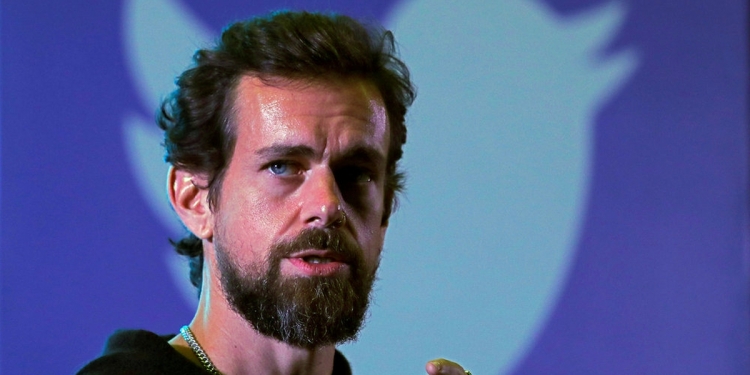If you look up Sina Estavi on LinkedIn, you’re not going to find much. Within his list of experiences, he has a single entry stating his current position as Chief Executive Officer of Bridge Oracle, a blockchain technology startup based in Malaysia. However, Estavi has been making the headlines around the world for a recent purchase—one that came with an eye-watering price tag of nearly RM12 million.
So, what did he buy? A Tweet. And a short, simple one, at that.
just setting up my twttr
— jack (@jack) March 21, 2006
Yes, the Tweet in question is the first ever Tweet shared by Jack Dorsey, Twitter CEO—which makes this a rather historic piece of the internet. Estavi made the purchase as a non-fungible token (NFT), which is essentially a blockchain-based digital asset token that is unique, and non-replaceable with something else. The non-fungible bit is important; a fungible token, for example, would be bitcoin. As such, NFTs have taken off in recent times as a method to purchase digital art, among other things.
Dorsey’s Tweet was sold at a digital auction on the Cent-owned platform, Valuables, using the cryptocurrency, Ether. At the time of sale, the exact value of Estavi’s winning bid was worth USD 2,915,835.47—pretty staggering for a Tweet. Still, the new owner of the Tweet explained that people will soon realise the “true value” of his new digital asset:
This is not just a tweet!
— Sina Estavi (@SinaEstavi) March 22, 2021
I think years later people will realize the true value of this tweet, like the Mona Lisa painting https://t.co/vnA5pz3esQ
In any case, Dorsey earlier said that the proceeds of the bid will be donated to COVID-19 affected areas on the African continent—after being converted into bitcoin. Cent, the company that owns the Valuables platform, will collect five percent of the sale, but it appears that the remaining 95 percent of the winnings will be put towards a good cause.
According to Cent CEO Cameron Hejazi, the Valuables platform gives the public a chance to show their support, or appreciation for a Tweet—beyond simply sharing, or liking it.
“These assets might go up in value, they might go down in value, but what will stay is the ledger and the history of ‘I purchased this from you at this moment in time’ and that’s going to be in both the buyer, the seller and the public spectators’ memory.”
[ SOURCE ]








